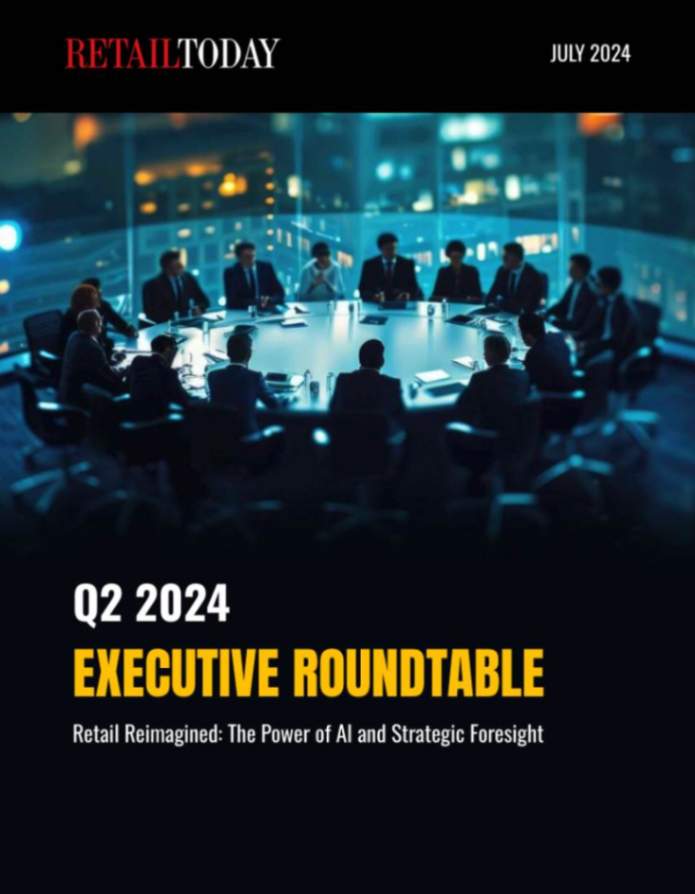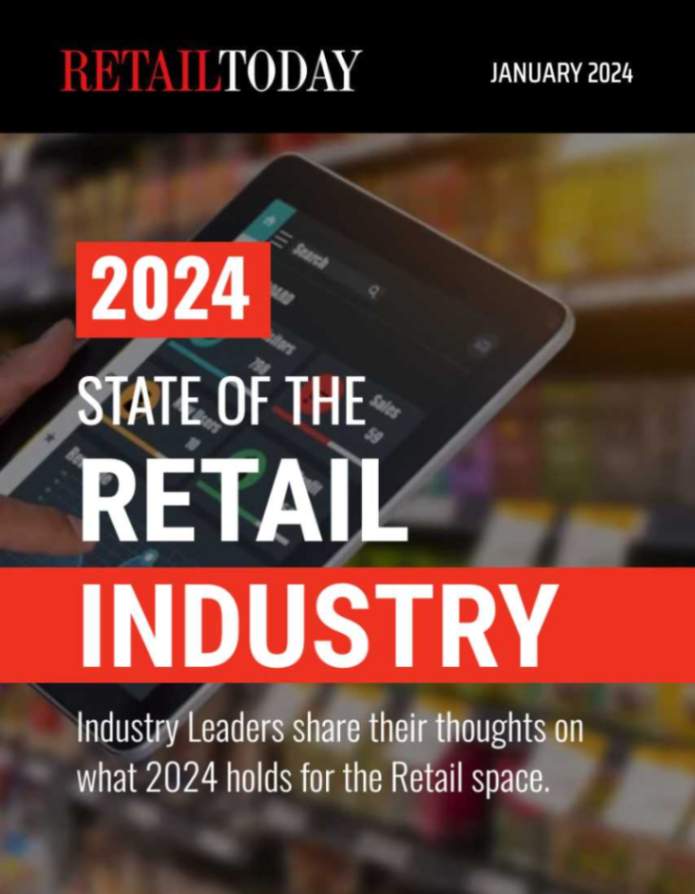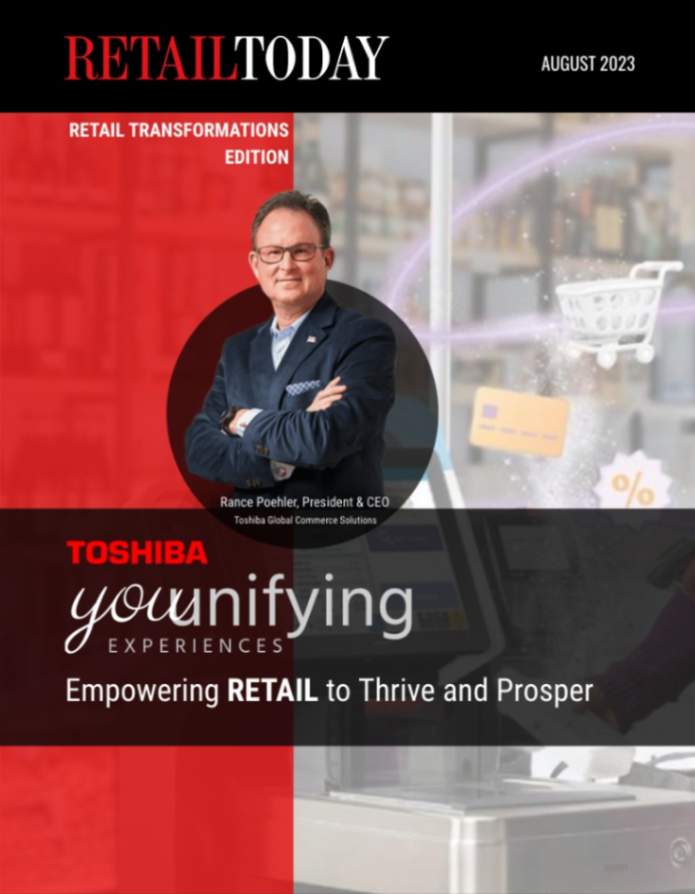
The future of brick-and-mortar retail stores is an area of ongoing debate, as the rise of ecommerce has led some to predict the decline of physical stores. However, there are several trends and strategies that suggest a bright future for brick-and-mortar retail stores:
- Community Engagement: Retailers increasingly engage with the local community through events, sponsorships, and charitable donations. This helps to build brand loyalty and foster a sense of community around the store.
- Experiential Retail: Retailers want to create unique and memorable experiences in their physical stores. This includes interactive displays, product demonstrations, and events that engage customers meaningfully with the brand.
- Interactive Retailing: The days of knowledgeable sales associates and their availability when you need assistance are fading away. Interactive retailing refers to using technology and integration to enhance the shopping experience and engage customers in a more interactive and personalized way. It involves using digital tools such as augmented reality, virtual reality, interactive displays, and mobile apps to create a more immersive, informed, and engaging retail experience. In addition, interactive retailing also helps to bridge the gap between the online and offline shopping experience and create a seamless customer journey.
- Localization: Retailers are increasingly tailoring their physical stores to the local market, including product selection and store layout. This helps to create a sense of community around the store and improve customer loyalty.
- Omnichannel Retail: Integrating physical stores with online and mobile channels is becoming increasingly important for retailers. Retailers are investing in technologies such as inventory management systems, customer relationship management tools, and data analytics to provide a consistent and personalized shopping experience across all channels.
- Contactless Payments: The COVID-19 pandemic has accelerated the adoption of contactless payment methods such as mobile wallets and QR codes. Retailers are investing in technologies such as NFC-enabled point-of-sale terminals to make the checkout process faster and safer for customers.
- Personalization: Personalization involves tailoring the shopping experience to the individual customer’s preferences, interests, and behavior. Retailers are investing in technologies such as artificial intelligence, machine learning, and data analytics to provide in-store personalized recommendations, promotions, and marketing messages.
- Mixed-Use Retailing: Mixed-use retailing is trending and incorporates retail spaces with other types of uses, including hospitality, fitness, wellness, entertainment, and office spaces within the same development. With retail, restaurants, and other types of businesses on the ground floor and residential or office spaces on the upper floors, mixed-use retail centers create a sense of community and promote social interaction. Other benefits include increased foot traffic, longer operating hours, and a more diverse range of customers.
- Pop-Up Stores: Pop-up stores are temporary retail spaces that can be used to test new products or enter new markets. Pop-up stores are often located in high-traffic areas and offer a unique and memorable shopping experience.
- Sustainability: Sustainability is becoming an increasingly important factor in consumer purchasing decisions, and retailers are responding by investing in eco-friendly products, packaging, and supply chain practices. Retailers also communicate their sustainability efforts to customers through marketing campaigns and product labeling.
In summary, the future of brick-and-mortar retail stores will likely be shaped by a combination of the ten trends and strategies outlined above. Retailers embracing these trends and enhancing the in-store experience will likely succeed in the long term.
Joe Dela Cruz is the Executive Vice President, Group Leader, Retail Solutions at Sophelle. With over 25 years of retail information systems experience, Joe Dela Cruz has held leadership positions at a number of successful retail organizations, including Vice President of Retail Systems for Donna Karan, Vice President / CIO for iParty, Director of Information Systems for Sneaker Stadium, CIO for Forman Mills, and Manager of Retail Systems for Osh Kosh B’ Gosh. Joe has a proven track record of successfully implementing critical retail applications, including point-of-sale, retail financials, retail merchandising, audit, operations, workforce management, client relationship management and warehouse management. His unique ability to partner with business organizations has consistently led to the successful design and implementations of stable, scalable and sustainable solutions.







